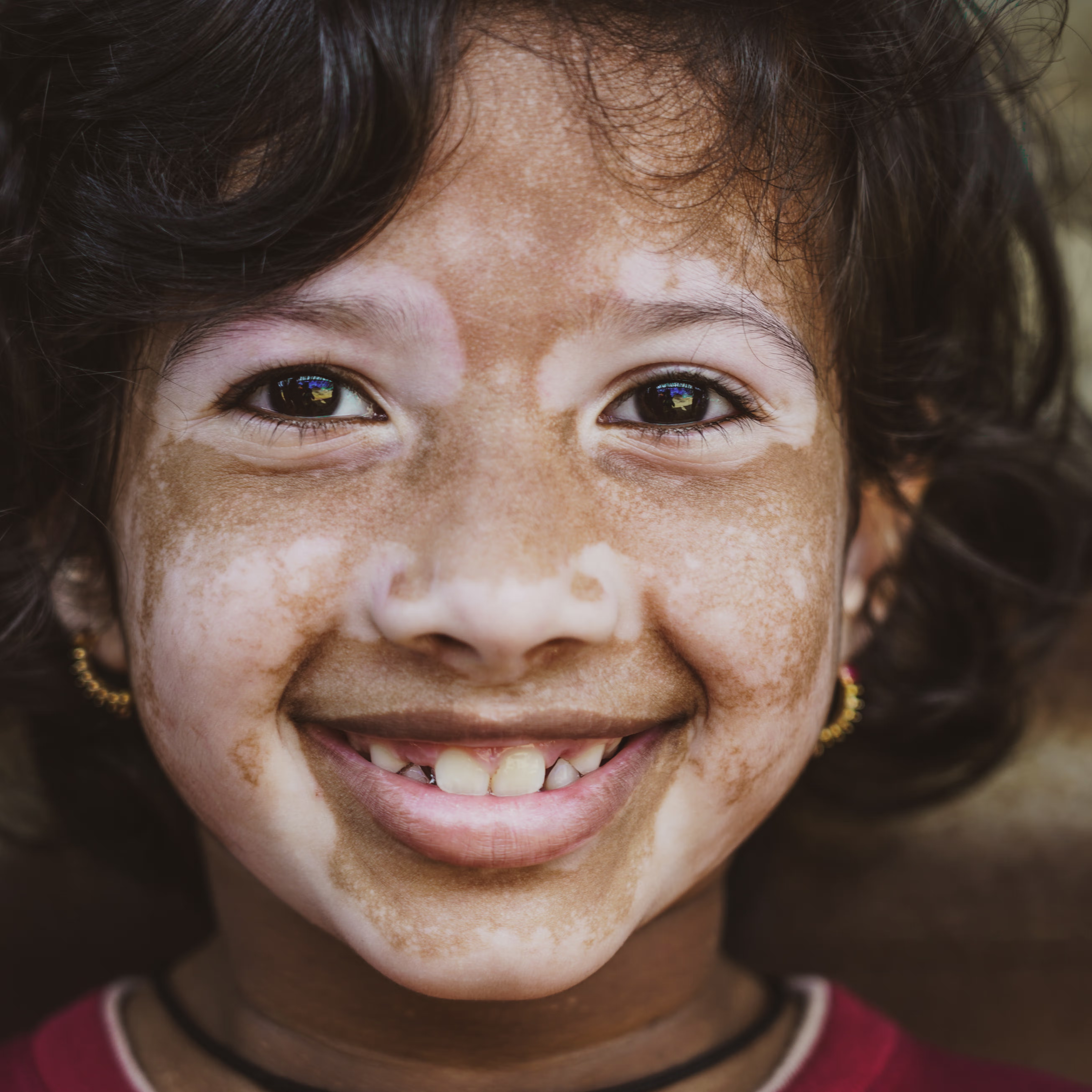Article
Vitiligo Linked to Reduced Risk of COVID-19 Hospitalization, Death
Author(s):
New cohort analysis data suggest the risk of COVID-19 death is about 38% decreased among patients with the autoimmune disease.

COVID-19 hospitalization and mortality risk may be significantly decreased among patients with vitiligo, according to findings from a new retrospective cohort analysis.
In a new research letter produced by a team of US investigators, the autoimmune skin disorder was associated with such a decreased likelihood of severe COVID-19 outcomes among infected patients that investigators suggested vitiligo may confer “protective effects against worse outcomes in a severe course” of the pandemic virus.
Led by Rahul Raiker, BS, of the West Virginia University School of Medicine, investigators sought to investigate the impact of vitiligo on COVID-19 outcomes. As an autoimmune disorder, vitiligo has been associated with anticipated increased risk of disease severity among patients infected with SARS-CoV-2 since the beginning of the pandemic.
“Conversely, it has also been hypothesized that vitiligo may provide protection against severe COVID-19 outcomes based on the propensity of the disorder to induce interferon signaling,” Raiker and colleagues wrote.
The team conducted their retrospective analysis using the 80 million-patient TriNetX federal database, which spans 58 health care organizations. They identified adult patients ≥18 years old diagnosed with COVID-19 from January 20, 2020 to December 1, 2021; patients vaccinated against the virus prior to infection were excluded from analysis. The initial recruitment identified 1,390,646 patients.
Patients were then divided in vitiligo (n = 2009) and non-vitiligo (n = 1,390,646) cohorts. Investigators conducted a 1:1 propensity score match to control for baseline confounders, using patient demographics and comorbid diseases. They then compared the 2 cohorts for COVID-19 outcomes including mortality, mechanical ventilation use, hospitalization, acute respiratory distress syndrome (ARDS), sepsis, thromboembolic events, and acute kidney injury (AKI), all within 30 days of COVID-19 diagnosis.
Compared with the control cohort, patients with vitiligo were older (51.0 years old), with a greater rate of females (59.0%), Black patients (20.0%) and comorbid diseases. Investigators reported that patients with vitiligo had a 23.4% reduced risk of hospitalization (adjusted risk ratio [aRR], 0.765; 95% CI, 0.65 – 0.88), and 38% reduced risk of mortality (aRR, 0.62; 95% CI, 0.39 – 0.99) compared to the non-vitiligo cohort.
A subgroup analysis additionally showed an approximate 50% increased risk of hospitalization (aRR, 1.52; 95% CI, 1.1 – 2.2) among the 16.3% of patients with vitiligo and COVID-19 who had been using systemic steroids for 1 year.
Raiker and colleagues noted that previous research into the effects of COVID-19 on patients with vitiligo has been “scarce,” though these findings may support a little-understood level of protection for such patients.
“While the pathophysiological reasoning is unclear, a previous review hypothesized that non-segmental vitiligo, the most common form of vitiligo in around 90% of cases, shifts the body's immune system to a more adaptive type 1 (IFN-γ and CD8+ T cells) and that innate immune responses increase interferon signaling,” they wrote.
Investigators also wrote that past research has supported the idea of increased antiviral immunity in patients with vitiligo due to “certain single nucleotide polymorphisms in their genetic profile.” Neither of these theories may relate to the subgroup analysis finding, though.
“Although 1-year systemic steroid use increased hospitalization risk in vitiligo patients with COVID-19, these patients may have had unstable vitiligo/higher disease activity that contributed to this risk,” they wrote. “This finding is in accordance with previous studies in other autoimmune diseases such as rheumatoid arthritis where systemic steroid use history was associated with adverse outcomes such as higher hospitalization risk.”
While the analysis is limited by the potential inaccuracy of database information, as well as the inability to track COVID-19 disease course or variant subtype in infected patients, the team concluded their findings elucidate a potential antiviral protective effect with vitiligo—and cause for future research.
“Further studies examining outcomes of COVID-19 in patients with other autoimmune diseases and whether vitiligo patients are also protected from the long- term effects of COVID-19, if infected, are warranted,” they wrote.
The study, “Risk of COVID-19 related complications in vitiligo patients: A database study,” was published online in Journal of the German Society of Dermatology.


